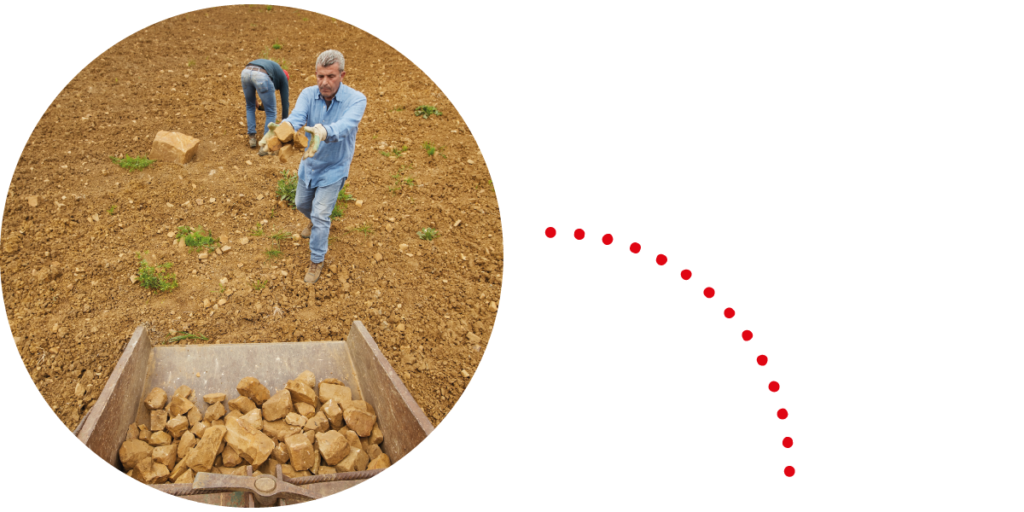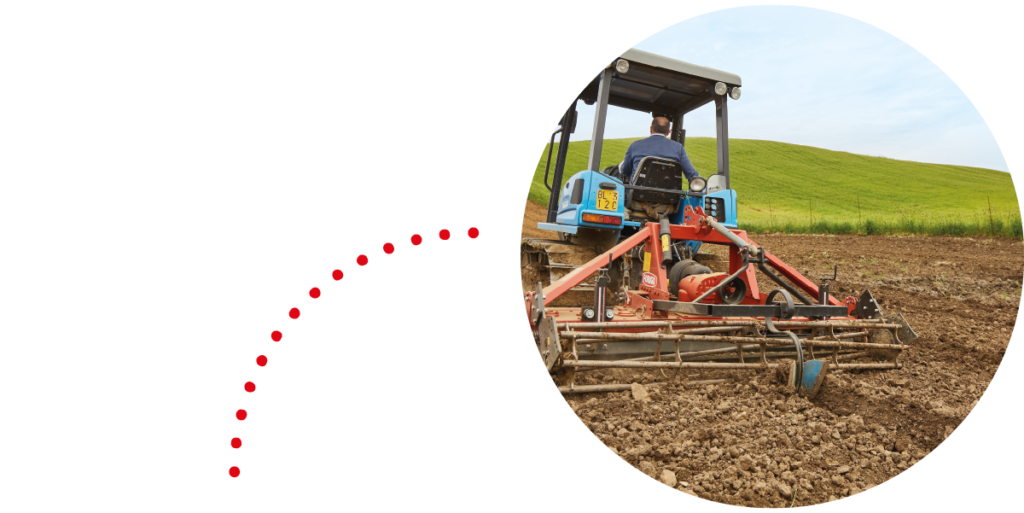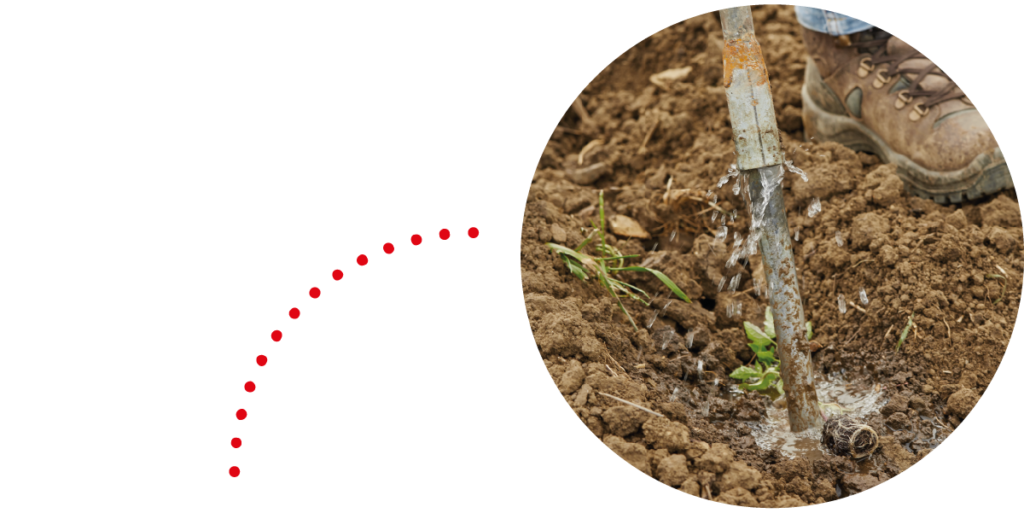Cultivation
Cultivation

we do not use chemical or synthetic products

Naturally “in Siccagno”
The farmers of Valledolmo for several generations have completed the ripening cycle of the tomato without adding water.
This is achieved thanks to a cultivation technique (“in Siccagno”) which makes the most of the properties of the soil, which have Montmorillonitic clay or Pliocene sands mixed with clay with good agronomic fertility and water self-regulation in periods of drought.
In addition, the particular climate of the area contributes to keeping the atmospheric humidity at good levels even in summer, balancing the transpiration of the soil and encouraging the plants to thicken the palisade-like tissues of the leaves and narrow the opening of the stomata.
PLANTING

PREPARATION OF TRANSPLANT BED

NATIVE SEEDLINGS

WATERING
the only water it receives

TRANSPLANTING

EARTHING UP

PLANTING
NATIVE SEEDLINGS
TRANSPLANTING

PREPARATION OF TRANSPLANT BED
WATERING
the only water it receives
EARTHING UP
As the plant is not irrigated, it is hardy and produces a small number of fruits, which are characterised by their relatively small size.
Local varieties are used for cultivation “in Siccagno”, such as the Pizzutello (Slow Food Presidium). More recently, smaller varieties such as Datterino have been used because of their adaptability to environmental and climatic factors as well as their resistance to pests, which means that chemical or synthetic treatments are not required.
After the three-year agronomic rotation, which enriches the soil with micro-elements (potassium, phosphorus and nitrogen), ploughing takes place in the summer, which hydrates the soil as much as possible thanks to rainwater. In spring, after the harrowing process, the native tomato seedlings are transplanted.
Harvesting begins in July and continues until October.




